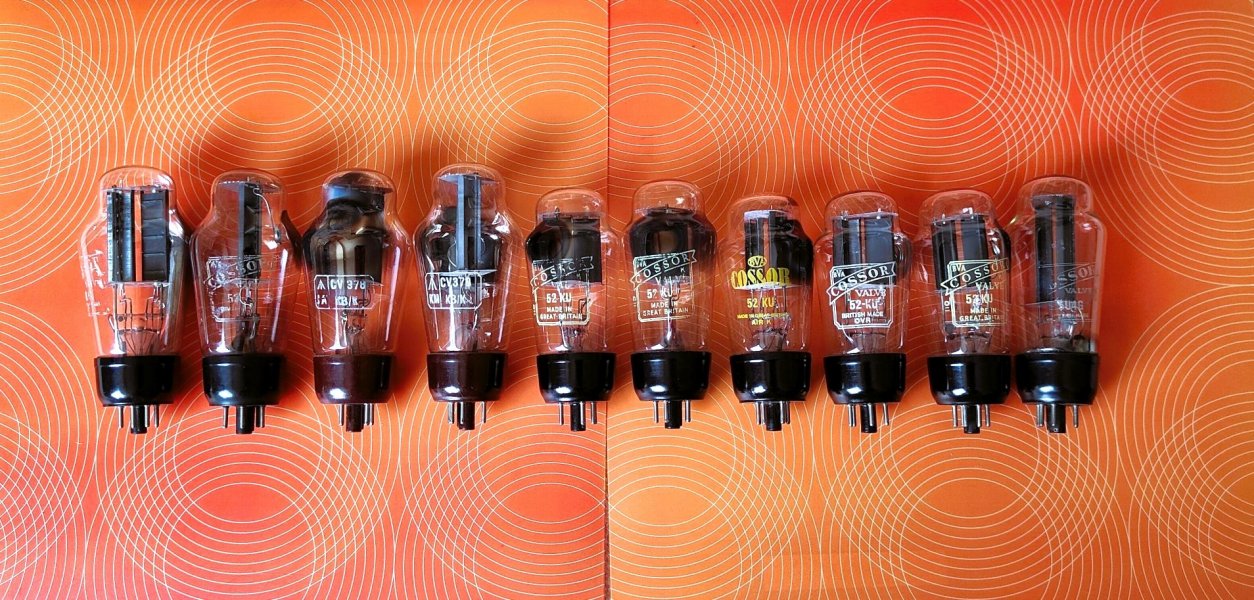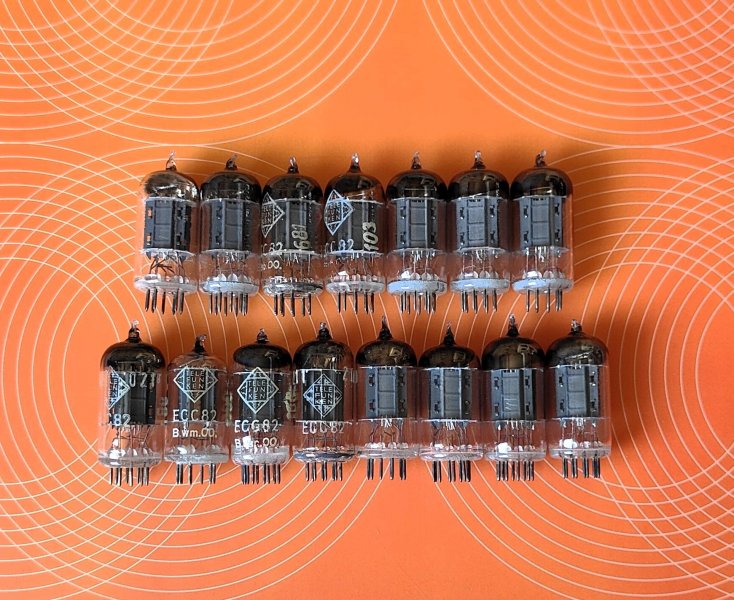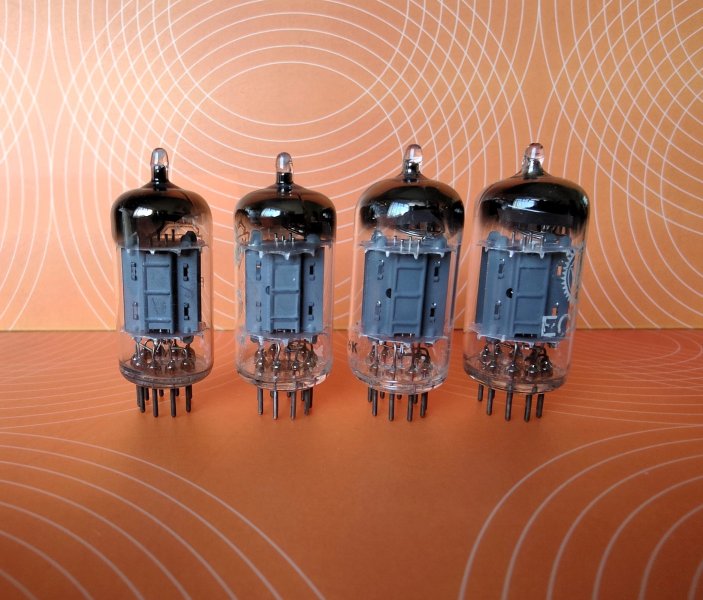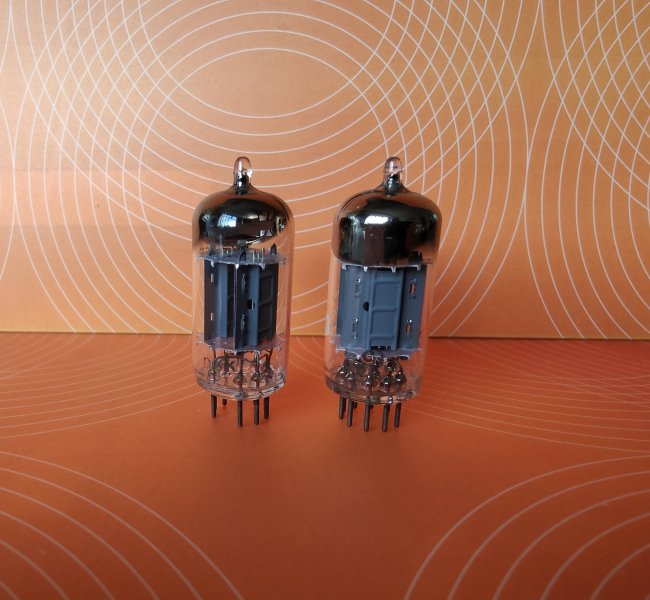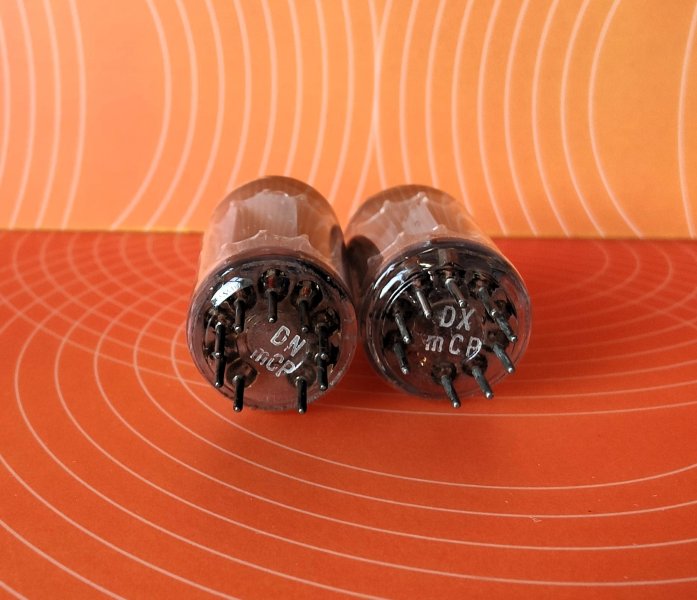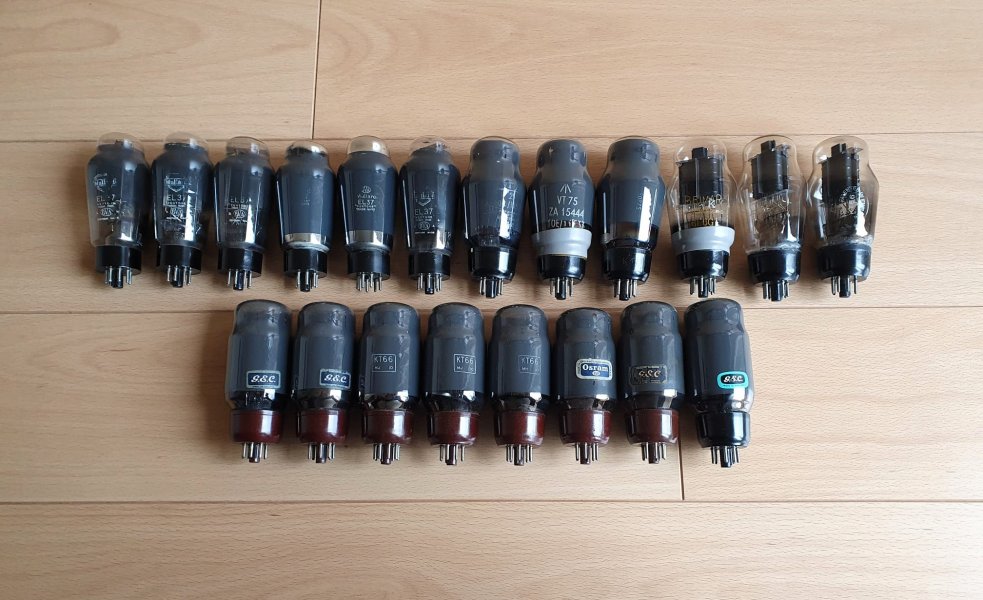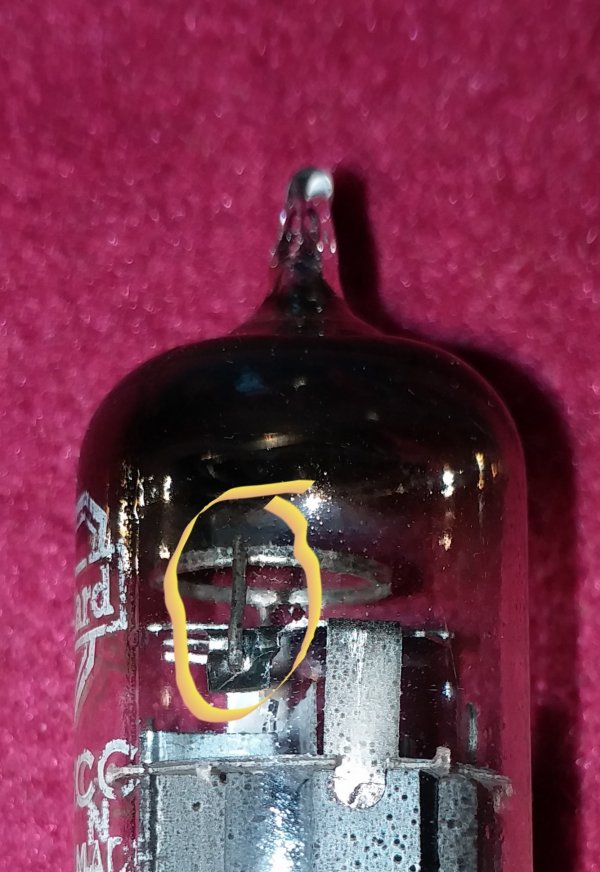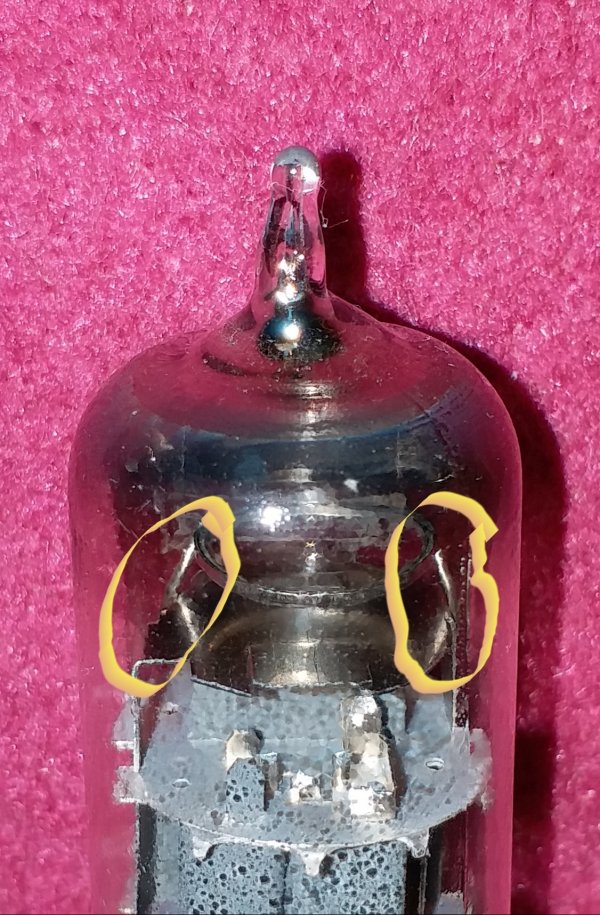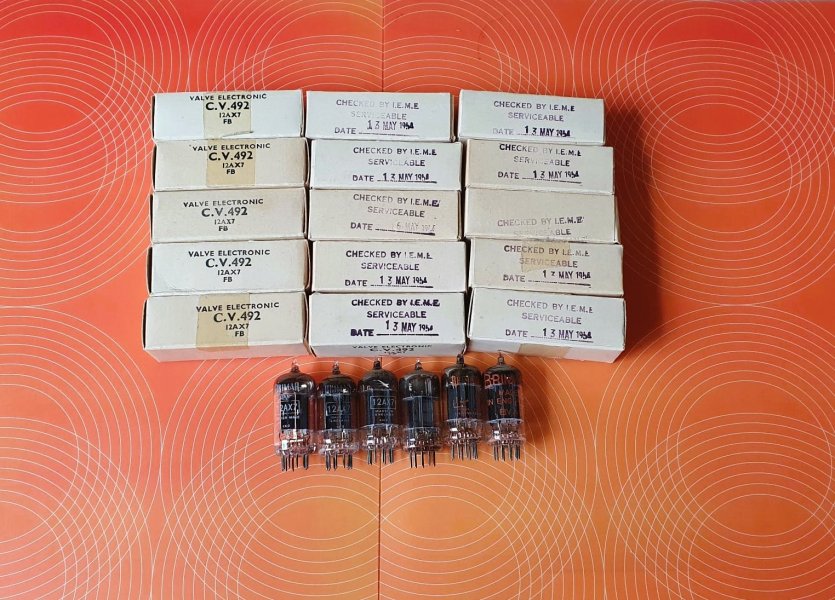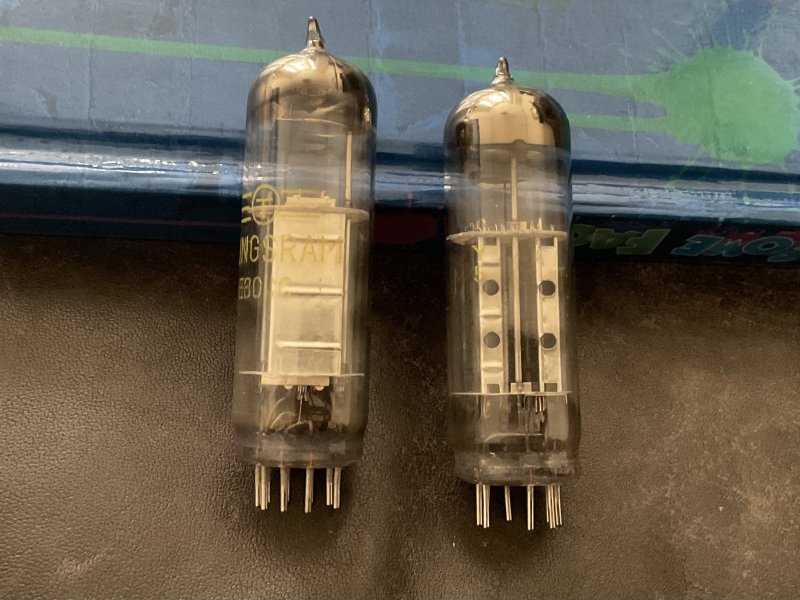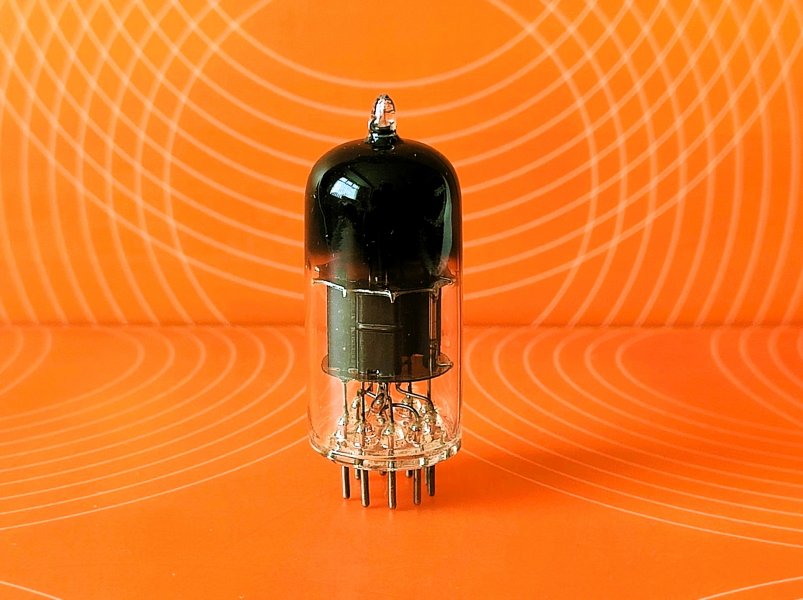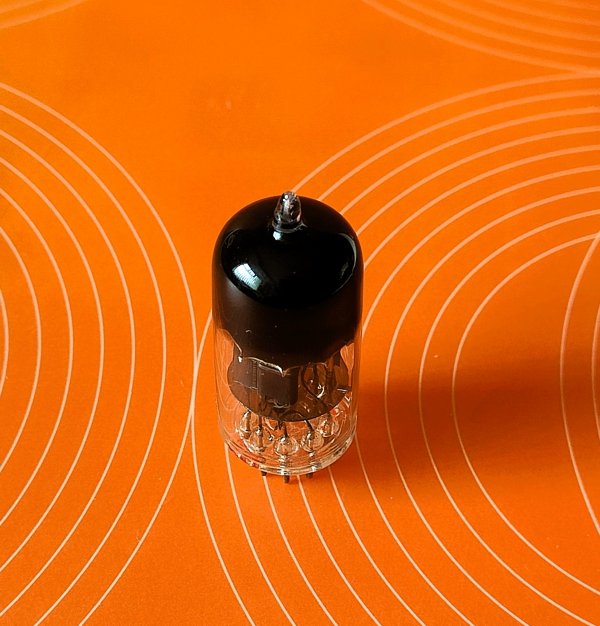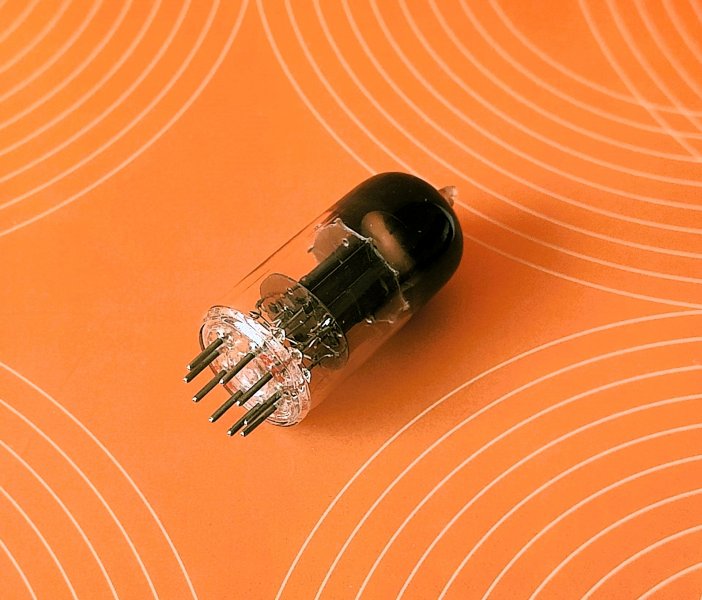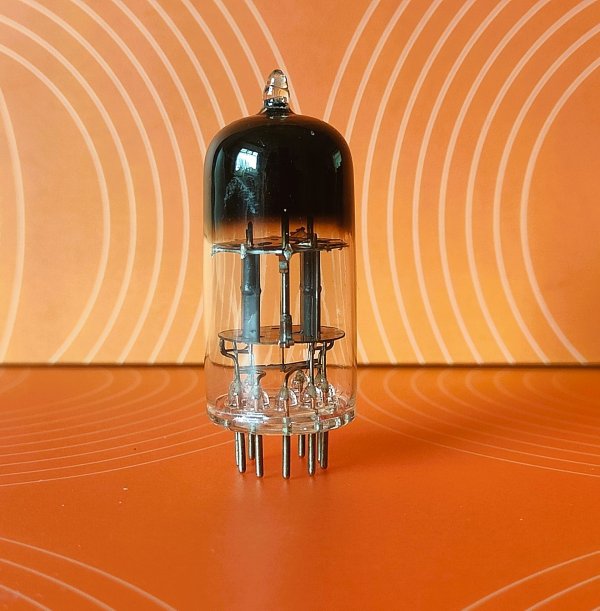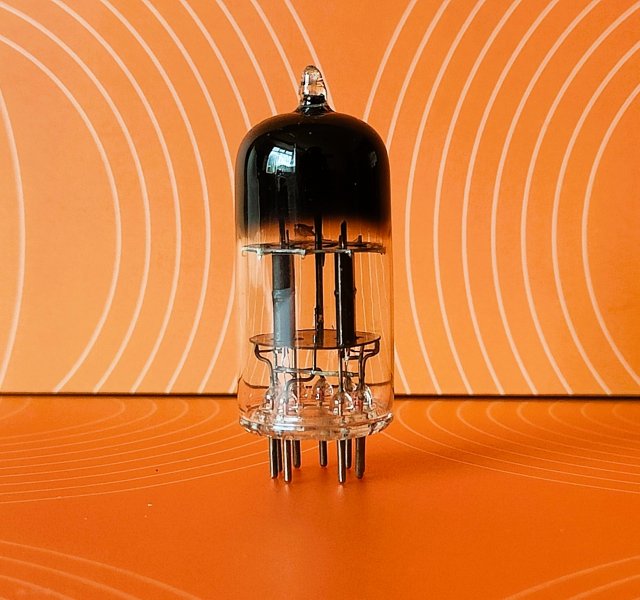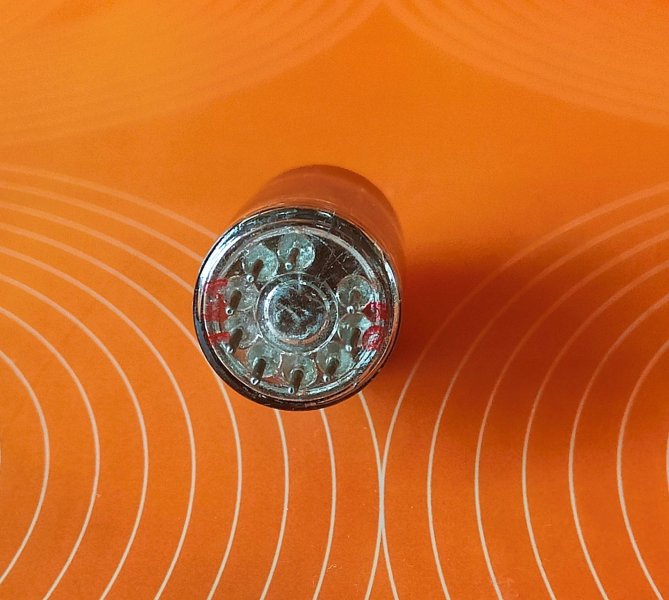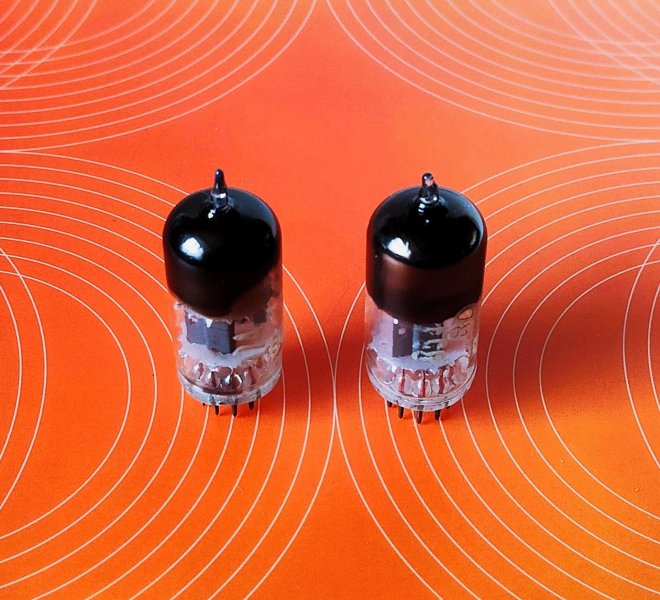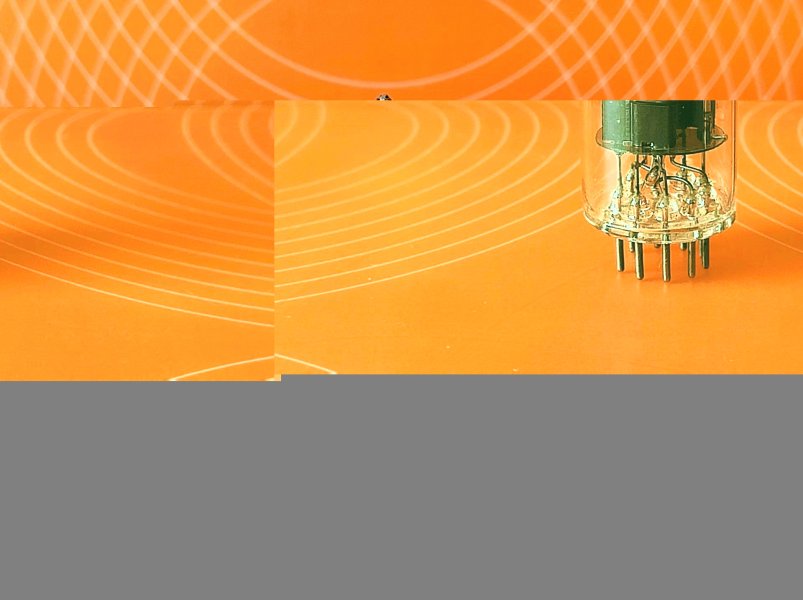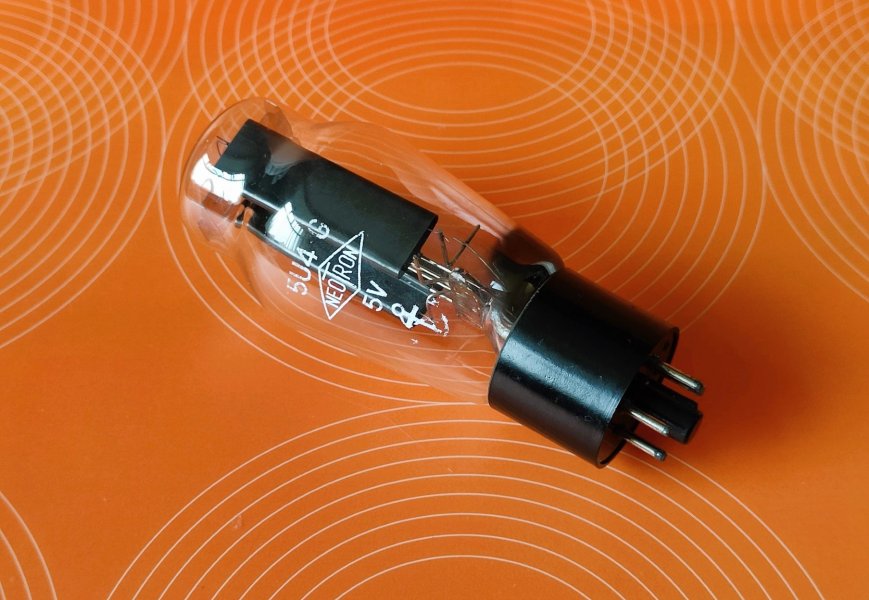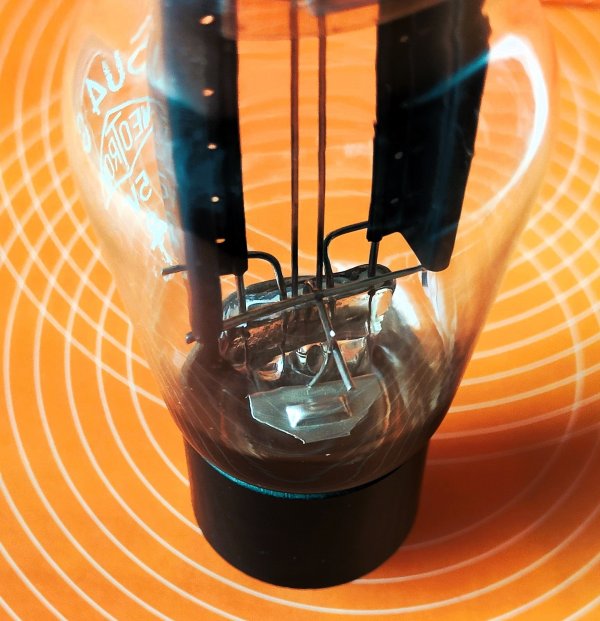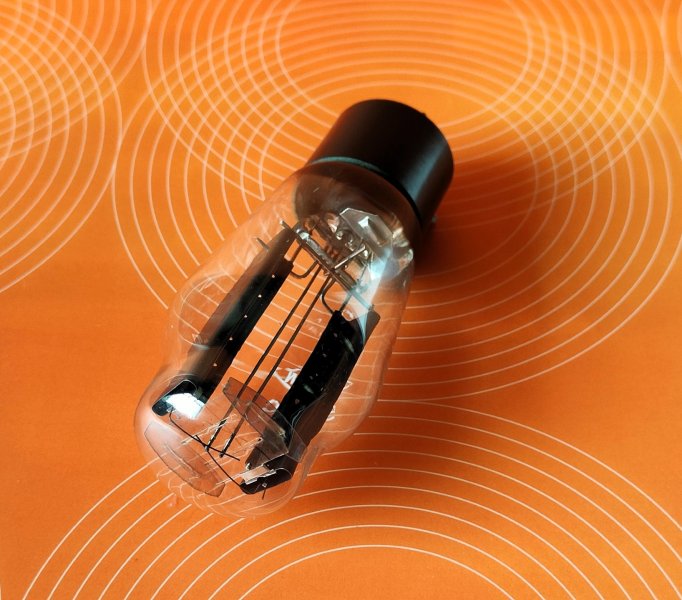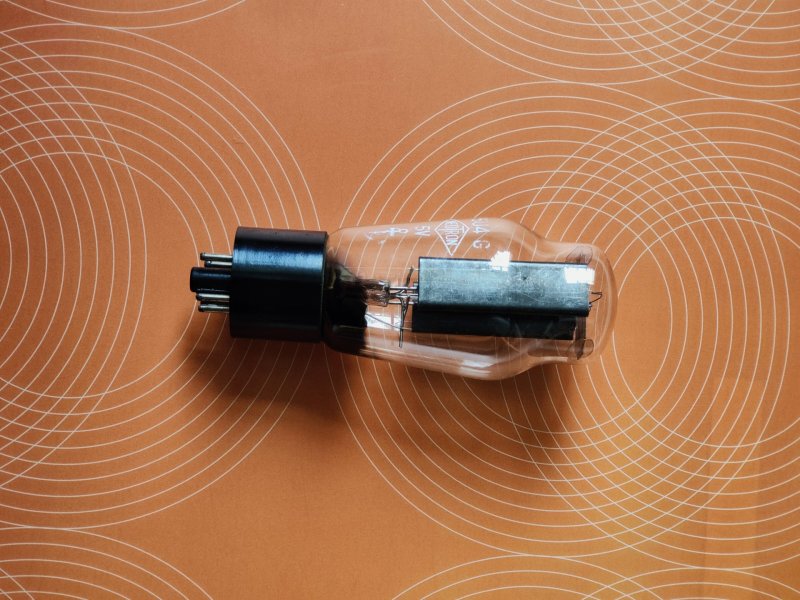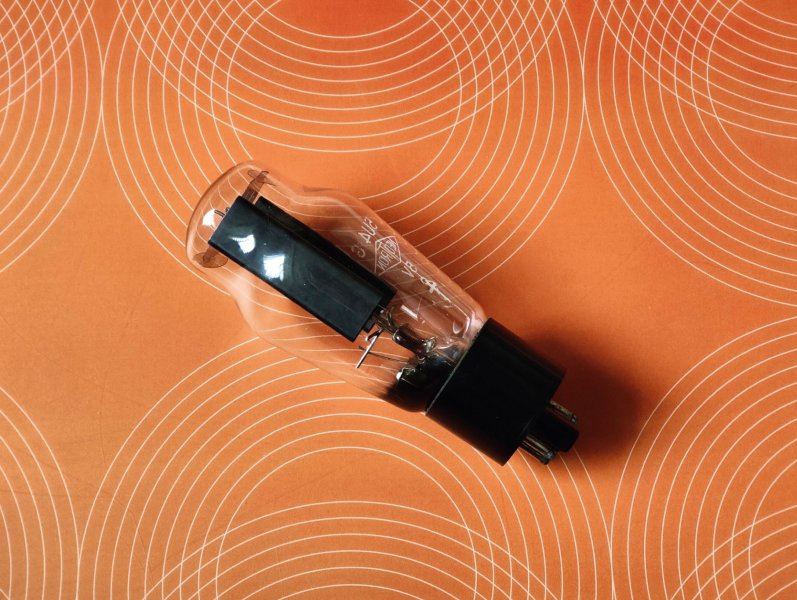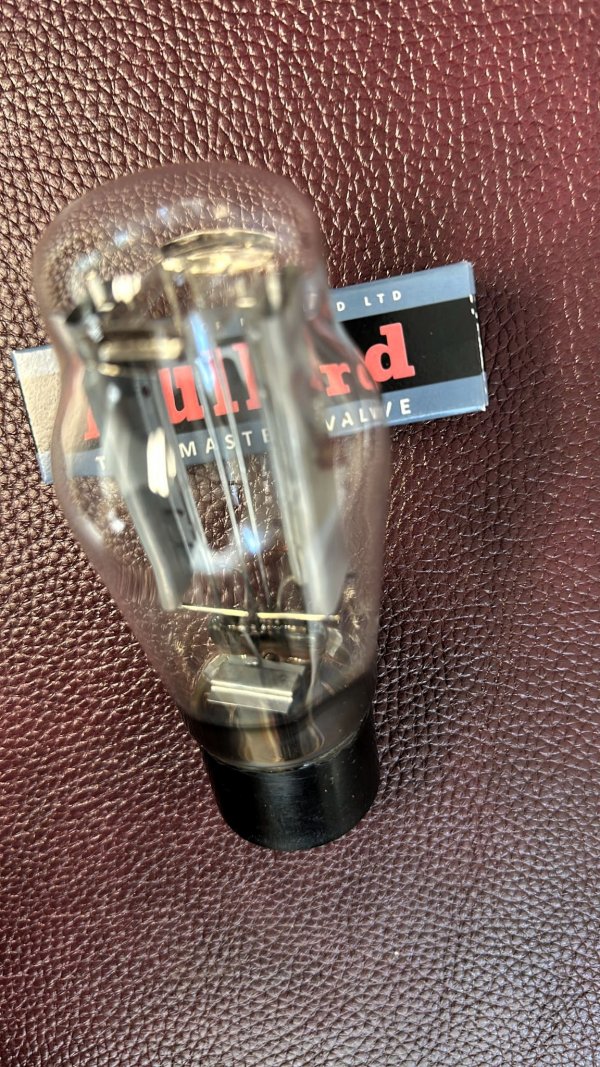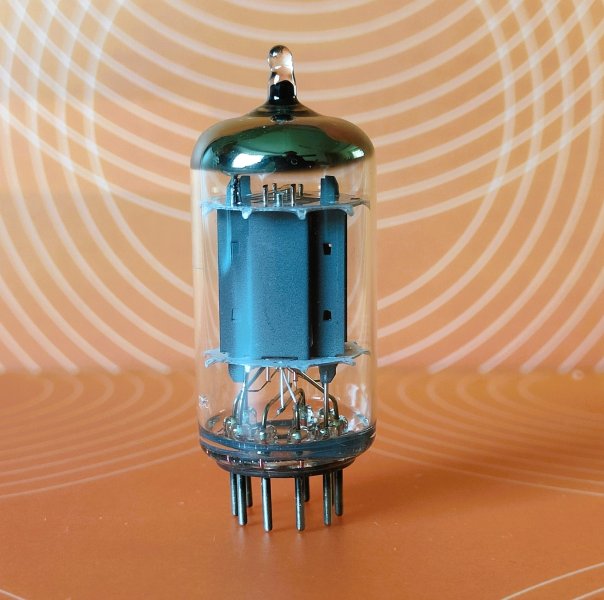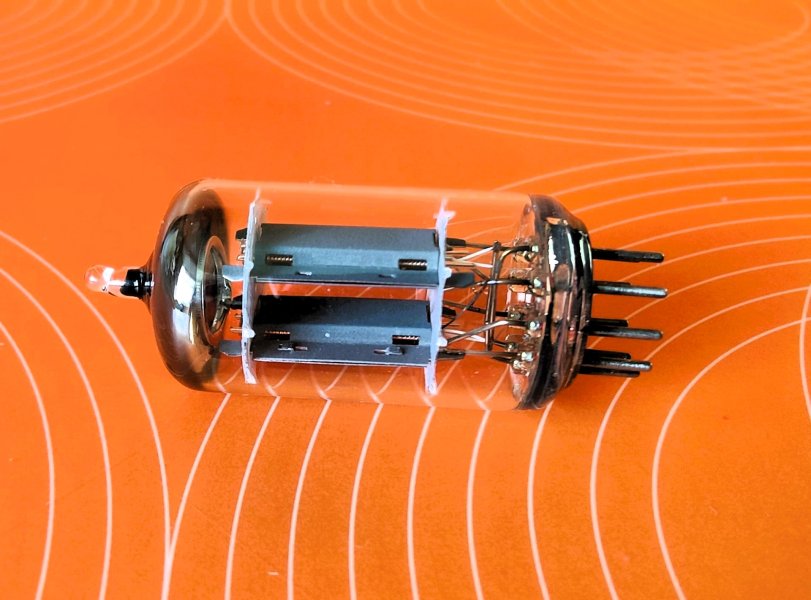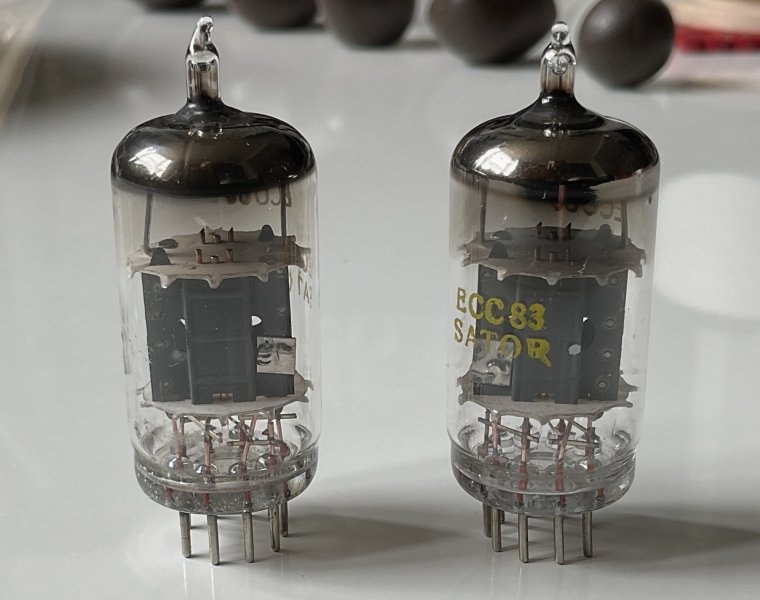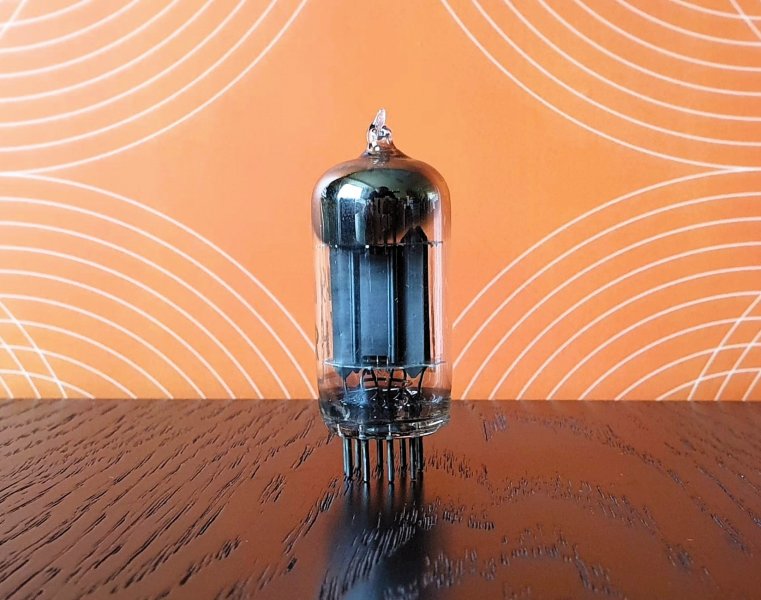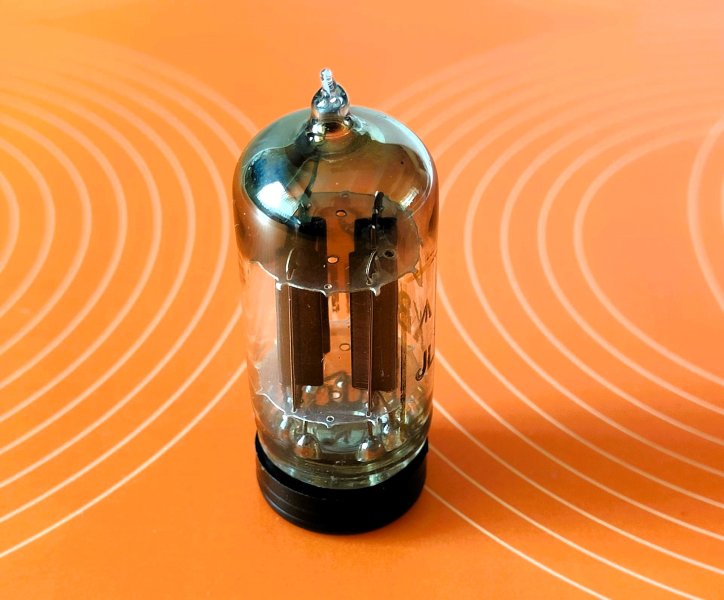Great sounding tube the 6c33c with super low impedance. My experience was that they had a tendency to ‘run away’, glowing cherry red and extremely hot but are cheap enough to just replace periodically on a precautionary basis.
My Tube Collection, Welcome to share yours
- Thread starter adrian cheng
- Start date
You are using an out of date browser. It may not display this or other websites correctly.
You should upgrade or use an alternative browser.
You should upgrade or use an alternative browser.
Its Cold War cousin, the 6336A, was the same way in my experience. Great sounding when it was stable, but a very fine line before those graphite plates were glowing and going into full meltdown.Great sounding tube the 6c33c with super low impedance. My experience was that they had a tendency to ‘run away’, glowing cherry red and extremely hot but are cheap enough to just replace periodically on a precautionary basis.
Don't try to match with a tube meter, just use the circuit amp. If it runs too fast or beyond the set point, turn off the amp. Place the tube in the oven at 150 degrees for at least 4 hours and let it cool. try again to see if it runs more stable. Attention I consider this tube unsuitable for cathode bias (resistor) a sensible adjustable negative grid bias works extremely well and stable. *A very working point is 165v anode /190mA current .runs after 2000 hours perfect. Of course, with this tube there is a lot of scrap that doesn't work 100%. Don't worry, make a chess figure out, it looks good as a tower.Great sounding tube the 6c33c with super low impedance. My experience was that they had a tendency to ‘run away’, glowing cherry red and extremely hot but are cheap enough to just replace periodically on a precautionary basis.
*set amp
Last edited:
Love it! The CV378 (53KU) is my recti of choice and has been for some time in my Horizon. I've been through many of the 4V rectis with various adapters and always come back to the Cossor CV378 staggered plate. It's frequency response performance from outstanding deep bass, through a gorgeous midrange, to highs that capture the hall ambience has superb musicality that has caused me stop recti rollling. (It also doesn't hurt to appreciate that the best tube adapter is no adapter at all!) Two questions:
1) I don't know the 52KU. Is that a direct substitute for the 53KU? Any comparative thoughts?
2) I hate to ask but, what the hell do you do with all these tubes? Do you use them for Christmas tree decorations during the holiday season?
Last edited:
Hello Marty the CV378 Black plate ( Left first two )sounds better when compared to the grey plate
KU52 = gz32 KU 53 = GZ33
Very good idea I wish I can use them instead of the Christmas lightings
KU52 = gz32 KU 53 = GZ33
Very good idea I wish I can use them instead of the Christmas lightings
Similar threads
- Replies
- 10
- Views
- 572
- Replies
- 4
- Views
- 433
- Replies
- 49
- Views
- 3K
- Replies
- 144
- Views
- 10K
| Steve Williams Site Founder | Site Owner | Administrator | Ron Resnick Site Owner | Administrator | Julian (The Fixer) Website Build | Marketing Managersing |



